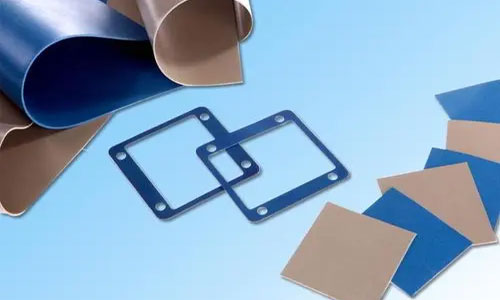
Emerging Opportunities in Die Cutting:
1. Growing Demand for Customization: As consumers increasingly seek personalized products, there is a growing demand for die-cut products that can be customized in terms of shape, size, and design. Die cutting provides the flexibility to meet this demand, creating opportunities for customization in various industries such as packaging, signage, and textiles.
2. Advancements in Technology: The advancement of technology, such as computer-controlled die cutting machines and laser cutting systems, has opened up new possibilities in die cutting. These technologies offer higher precision, faster production speeds, and the ability to cut a wider range of materials, creating opportunities for improved efficiency and expanded applications.
3. Sustainable Die Cutting: With increasing environmental concerns, there is a growing demand for sustainable die cutting solutions. This includes the use of eco-friendly materials, optimizing material usage to minimize waste, and implementing energy-efficient processes. Companies that can offer sustainable die cutting solutions have the opportunity to tap into a growing market segment.
Challenges in Die Cutting:
1. Complex Designs: As the demand for intricate and complex designs increases, die cutting may face challenges in accurately cutting these designs without compromising precision and quality. Complex designs may require more advanced die cutting equipment and techniques to achieve the desired results.
2. Material Compatibility: Different materials have different properties, and not all materials are easily cut using traditional die cutting methods. Some materials may require specialized tools or techniques to achieve clean and precise cuts. Die cutting companies may need to invest in research and development to expand their capabilities and address the challenges posed by new materials.
3. Cost and Competition: Die cutting can be a capital-intensive process, requiring investment in machinery, tooling, and skilled labor. Additionally, with the increasing demand for customization and shorter production runs, die cutting companies may struggle to maintain cost-effectiveness. Competition from low-cost manufacturers, particularly in countries with lower labor costs, can also pose challenges for die cutting companies.
4. Regulatory Compliance: Die cutting companies need to comply with various regulations related to materials, safety, and environmental impact. Compliance with these regulations can add complexity and cost to the die cutting process, requiring companies to stay updated on the latest regulatory requirements and invest in necessary equipment and training.
Overall, while there are emerging opportunities in die cutting, companies need to stay adaptable and innovative to overcome the challenges posed by complex designs, material compatibility, cost, competition, and regulatory compliance. By investing in advanced technology, sustainable practices, and continuous improvement, die cutting companies can position themselves for success in a rapidly evolving market.
Here are the topics that we’ll cover in this complete guide Rotary Die Cutting in Industrial Applications Section 7: Conclusion
Contact: Pamela
Phone: +86 189 6365 3253
E-mail: info@industryprocess.com
Whatsapp:+86 189 6365 3253
Add: Yajing Industrial Park, No. 59 Shuangjing Street, Weiting Town, Suzhou Industrial Park
We chat
